10 Common Mistakes Boaters Make
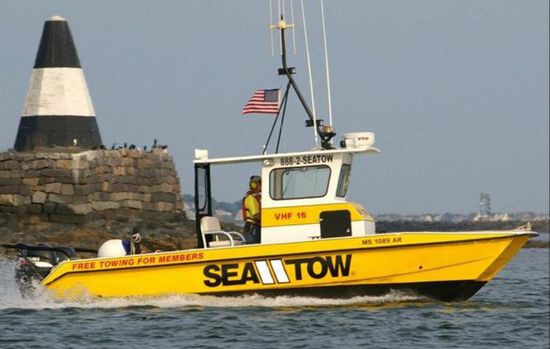
We have assembled 10 common mistakes that boaters make. All of them can cost money, and some can be much more serious. They span the gamut from simple to complex on big boats and small. Plus, we’d like to hear about mistakes you’ve made that we can pass along to our other BoatTEST Members. (We’ll keep your name secret.)
1. The Fishing Line Blunder

If you fish from an outboard or sterndrive boat, sooner or later you’ll wrap a line around the prop. No big deal, right? You can tilt the outboard or drive unit up, and unwind or cut away the line. Most of you already know that this is the proper way to address the problem.
But sometimes people get lazy and let the props do all the chopping. Leave the motor in gear and sure, the prop will cut that fishing line in no time. You’ll probably run home without a problem and may go through the entire season without thinking about the incident again. But after some time has passed, the fishing line will often cut its way into the prop seal.
Net result? A slice in the seal that allows the lower unit oil to seep out. One day you’ll be running along without a care in the world when you’ll hear the dreaded sound of metal on metal. The oil’s all gone, and you’ve just blown a lower unit. Repairs will cost thousands, all because you were too lazy to tilt up the drive and remove the fishing line by hand. This is one mistake most of us can’t afford to make, but it happens to hundreds of boaters every season.
2. Bad Vibrations
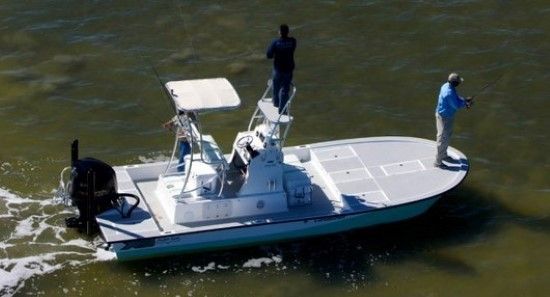
Another one of the most common errors made by anglers, especially those running in shallows and flats with oyster bars, is failing to pay attention to changes in the vibrations your boat makes when running. Why is this such a problem for shoal anglers? Because they scrape bottom often, leading to nicks and dings in the propeller.
Each little defect in the surface of your propeller blades will lead to a loss in efficiency and smoothness. Big deal, you say? So, the boat runs a little rougher, who cares? You should. Changes in vibration levels will cause screws to back out of fiberglass, add stress to your boats transom and stringer system, and eventually, can lead to catastrophic failure.
Every trip that you churn mud or hit bottom, you should give the prop a good visual inspection. Minor dings can be flattened out with a file. If there aren’t any new vibrations the next time you run the boat, fine. If there are, then you’ll need to replace the prop. But whatever you do, don’t allow new vibrations to go unattended to. That’s one sure way to damage your boat.
3. Drain Plug Drama
We don’t have to tell you to make sure the drain plug is in before you launch. Yes, this is the number one most common mistake made by boaters, but it’s one that comes from forgetfulness, not ignorance. If you live in an area with freezing weather, however, leaving the drain plugin can be just as big a disaster.
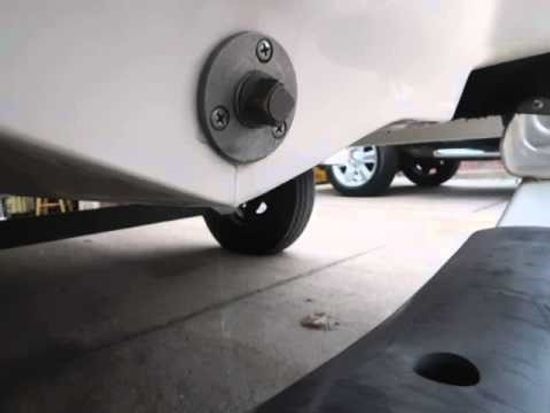
This is a mistake often made by waterfowlers since they tend to run often in areas that get chilly. Even if you didn’t ship any water during the hunt, you must remove the drain plug at the end of the day. Condensation and rain or snowfall will almost always cause some amount of water to pool in the bottom of your boat, and if that water freezes, serious damage can occur. It may be immediate, like cracking in the transom, or it may take a long time to appear, like stringer separation. But in either case, removing the drain plug each and every time you pull the boat will prevent the damage that occurs when water freezes inside the hull.
4. Automotive Parts “Deals”
Have you ever used automotive parts in your boat’s power plant? This mistake is usually made by do-it-yourselfers who are looking to save a buck. Sure, marine parts cost more than their automotive counterparts. And often, a common part such as a starter costs half as much at an auto parts store as it does at a marine supply store. The results of making such a swap can be disastrous, however.
Starters are a good example because automotive starters cause fires on boats every year. Cars don’t have bilges that collect fumes, so automotive starters aren’t spark protected in the same way as marine grade starters. Put an automotive starter in your boat and one day when you turn the key, BOOM. Don’t make this potentially deadly mistake; always use marine grade engine parts no matter what the cost may be.
5. Anchoring Astern

This one involves simple, basic seamanship: keeping the pointy end of your boat into the waves. It can be tempting to anchor from the stern, particularly when angling. You’re drifting through a cut, happen upon a great spot, and want to hold the boat there for a while, so you toss an anchor out the back. Even if the seas are dead-calm, this is a huge mistake. A large boat could run by unnoticed, and the next thing you know, the cockpit’s knee-deep in water, then the boat is likely to turn over because of the free surface effect of water.
The image above is of a boat that anchored far offshore by the stern. It swamped, turned over, but because it had level flotation continued to float level upside down, which is what typically happened in boats of this size unless it can be dewatered immediately. There were three men in good physical condition at the time of capsize. Several days later two of them died from hypothermia. One man sat on the stern and survived.
6. Saving Money on Sealant
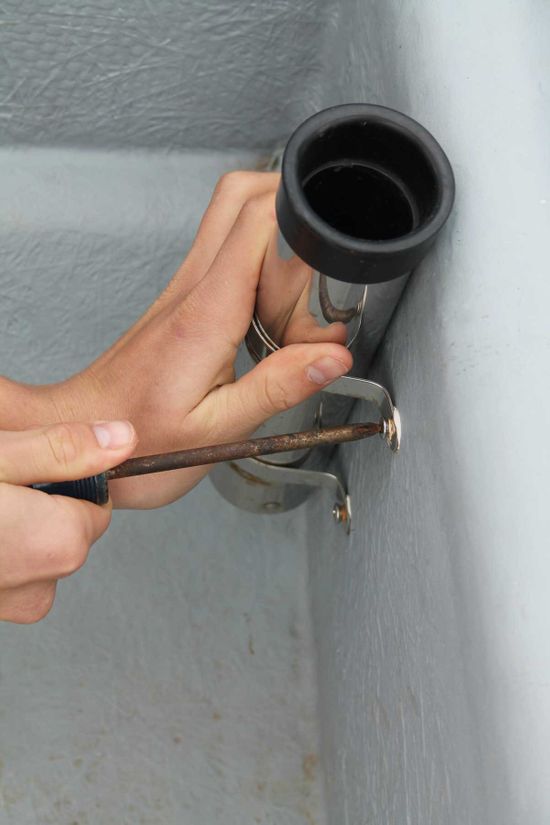
Another common do-it-yourselfer mistake many of us are guilty of is to screw something into fiberglass without properly sealing the hole. It can be an item as simple as a cup holder. If the item isn’t going to be under stress and the screw doesn’t hit wood or coring, why bother with the sealant? Because de-lamination can occur, if water gets behind that screw – use a healthy amount of sealant on each and every hole you drill. But, in any case, make sure the screw is not longer than the laminate is thick.
7. Incorrect Bilge Pump Float Switch Mounting
Bilge pump float switches have a limited lifetime, and most of us will replace them at one time or another. It seems simple enough to mount that new switch, right? The only problem is, if you mount it facing forward along the centerline, the switch will kick on every time your bow raises as you come onto plane. As soon as the switch becomes the least bit grungy, it’s almost guaranteed to stick in the on position and burn up your pump. Whenever you replace a float switch, make sure it faces aft.
8. Dry Starter

Outboards should never, ever, be turned on without a water supply. Sit at a boat ramp one day and watch a dozen guys pull their boats, and you’ll see at least one dry start his outboard. Why?
Most people do this after being told that with a carbureted engine, you should run an outboard out of fuel at the end of the day to prevent gumming in the carburetor. True, it is a good move to run the carb dry… but not the impeller. Run out the fuel by unplugging the fuel line while your boat is still in the water, not after you pull it. Otherwise, you’ll burn out your water pump impeller.
9. Teak Troubles
We all love the look of well-oiled teak, but before you treat it, remove the teak from your boat. Teak oil will permanently stain gel coat, and a walk down the docks will make it clear that all too often, boaters try to take the easy way out and treat their teak without taking it off the boat.
Net result? Little orange stains around the wood, which will never come off. While this might not cause any mechanical damage to your boat, it will lower its eye appeal, which means a lower resale value when you go to sell the boat.
10. Not Enough (or Any!) PFDs Aboard
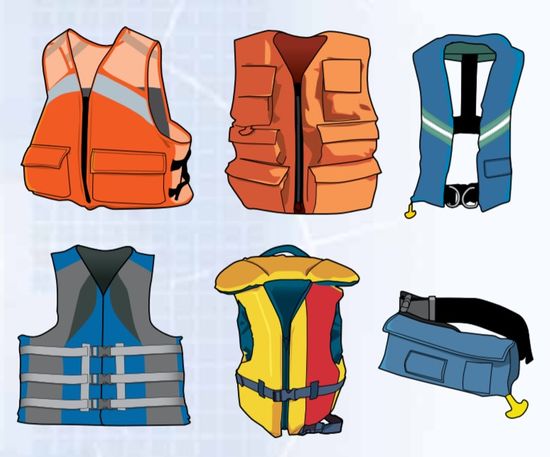
Some boats, such as pontoon boats and deck boats, are designed to carry lots of people board – sometimes up to 18 or more. Our guess is those vessels don’t have enough PFDs aboard when they have a full house. Likewise, boats over 26’ (7.92 m), such as express cruisers or dayboats that normally only have four people aboard, may have many more when party time arrives. Be sure that you have more than enough PFDs for your largest crowd.
The USCG says--
All recreational vessels must carry one wearable life jacket for each person on board. Any boat 16’ (4.87 m) and longer (except canoes and kayaks) must also carry one throwable (Type IV) device. Lifejackets should be worn at all times when the vessel is underway. A lifejacket can save your life, but only if you wear it.
Always check and read the manufacturer’s information booklet and label provided with all lifejackets. They will provide valuable information including size, type, intended use, and Coast Guard approval information.
Lifejackets must be:
- U.S. Coast Guard-approved (check the label).
- In good and serviceable condition.
- Appropriate size and type for the intended user.
- Properly stowed.
Some items that are not required but are a good idea to have with your lifejacket are a whistle and an emergency light.
If you would like to share a mistake you or a friend has made, please let us know and we will share it with other BoatTEST members. Click here…